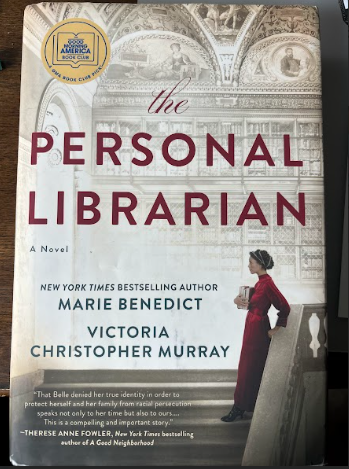Belle da Costa Greene (1879–1950) is hailed as one of the most influential librarians in American history. Over her forty-three-year tenure, she shaped the Morgan Library, initially as the private librarian for J. Pierpont Morgan and later as the founding director of the Pierpont Morgan Library, now known as the Morgan Library & Museum. Greene’s impact extended beyond curating rare books and manuscripts; she transformed a privileged private collection into a vital public resource, pioneering a rich program of exhibitions, lectures, publications, and research services that still thrive today.
Born Belle Marion Greener to Genevieve Ida Fleet Greener (1849–1941) and Richard T. Greener (1844–1922), Greene grew up in a predominantly African American neighborhood in Washington, DC. Her father, Richard, was a trailblazer as the first Black Harvard College graduate, a prominent educator, diplomat, and advocate for racial justice. Genevieve hailed from a distinguished Black family in Washington and was active as a musician and educator. Following her parents’ separation during her teenage years, Genevieve changed her surname and that of her children to Greene, and they began to navigate society as white individuals in a racially segregated environment.
Greene’s journey into librarianship began at the Princeton University Library, where Junius Spencer Morgan, nephew of J. Pierpont Morgan and an avid bibliophile, recommended her to his uncle. In 1905, Greene joined the Morgan Library as an assistant to Junius, eventually ascending to the role of J. Pierpont Morgan’s private librarian. She meticulously managed and expanded Morgan’s collection of rare books and manuscripts, curated public exhibitions, and fostered relationships with dealers and scholars. Even after Morgan’s passing in 1913, Greene continued her stewardship under his son, J.P. Morgan Jr., who transformed the library into a public institution in 1924. Greene’s remarkable journey culminated in her appointment as the library’s first director, a position she held until her retirement in 1948, two years before her passing.
Greene’s legacy endures as a testament to her profound contributions. While her role as J. Pierpont Morgan’s librarian receives acknowledgment, her impact extended far beyond those seven years. Throughout her illustrious career, she amassed invaluable collections, advanced bibliography and scholarship, mentored colleagues, facilitated access to collections through loans and photography services, and championed the work of women scholars and librarians. Belle da Costa Greene’s indelible mark on American librarianship and cultural heritage continues to resonate today.
